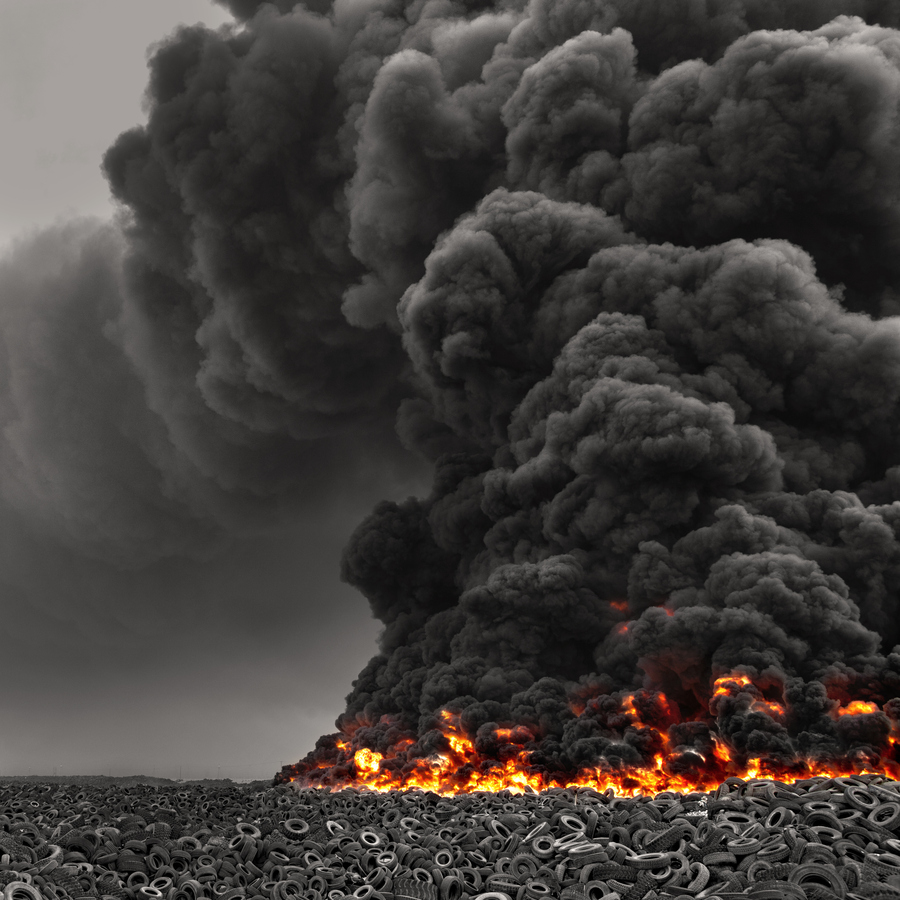
Africa’s bustling streets are a constant hum of activity. But behind the vibrancy lies a hidden threat – the thick, acrid smoke billowing from burning tires. This seemingly commonplace practice unleashes a cocktail of toxins that silently poisons our communities, our environment, and our health.
From the overflowing gutters of Lagos, Nigeria, where mechanics resort to burning waste tires, to the makeshift workshops lining the dusty roads of Nairobi, Kenya, where tire burning fuels metalwork – this toxic trend is widespread.
The allure of burning tires is a deceptive one. It seems like a quick way to dispose of bulky waste, but the reality is far bleaker. As these tires smolder, they release a noxious brew of pollutants including:
- Carcinogens: These cancer-causing agents like benzene and butadiene lurk in the smoke, posing a long-term health risk to anyone exposed.
- Heavy metals: Burning tires releases lead, arsenic, and other heavy metals into the air, settling on soil and contaminating waterways. These metals disrupt ecosystems and wreak havoc on human health, affecting everything from brain development in children to respiratory problems in adults.
The human cost of this toxic practice is staggering. Take the case of Accra, Ghana, where a massive tire dump fire raged for weeks in 2017. The resulting health crisis left residents struggling with respiratory illnesses, eye problems, and skin irritation.
This isn’t just an isolated incident. In Abidjan, Ivory Coast, a 2016 study linked increased rates of respiratory ailments in children to living near areas where tires are burned.
The environmental impact is equally concerning. The thick smoke from burning tires blankets cities, reducing visibility and contributing to smog. This not only affects air quality but also disrupts weather patterns, impacting agriculture and food security.
But there’s a glimmer of hope. Several African countries are waking up to the dangers of tire burning. In Morocco, for instance, a ban on the practice has led to the development of environmentally friendly tire recycling programs.
The solution lies in a collective effort. Governments can implement stricter regulations and invest in proper tire management facilities. Businesses can explore responsible disposal methods and support recycling initiatives. And communities can raise awareness about the health and environmental hazards of burning tires.
Let’s work together to extinguish this toxic trend. Africa deserves a future free from the harmful fumes of burning tires. It’s time to breathe easy and embrace a healthier, more sustainable future for our continent.



